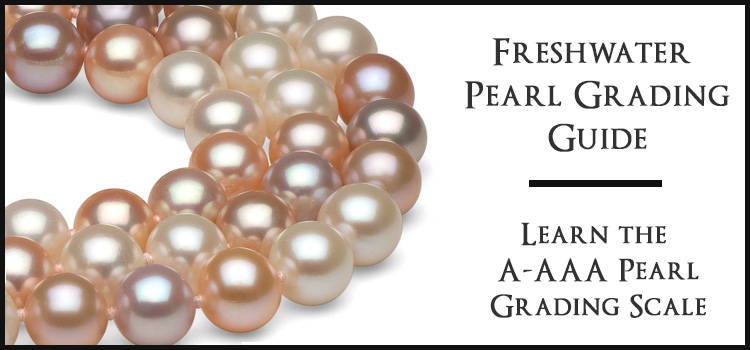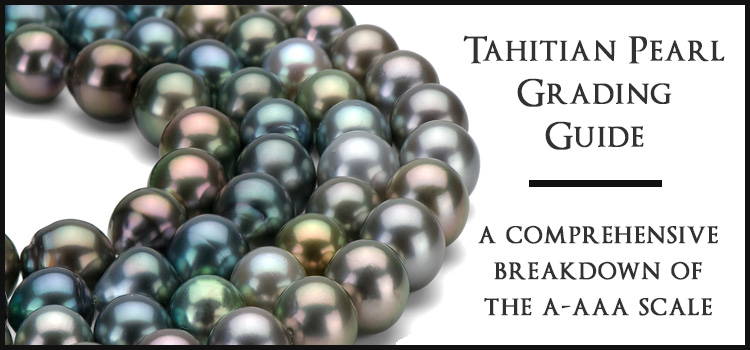Welcome to BAOYUE PEARL, we supply all shapes freshwater pearl with wholesale price, contact us to get a free Quote:

Pearl Origins: Diving Deep Into the History of Cultured Pearls
In countless cultures around the world, the pearl has its own origin myth. Arabs believed these gems were the result of the tears of the gods, fallen into the ocean and making their way into the oysters. The Greeks believed that the goddess of love, Aphrodite, shed pearls for tears.
Even the Gates of Heaven were described as carved out of pearl in the Bible. Krishna, the Hindu god gave his beloved wife pearls when they were wed.
The History and Origins of the pearl could fill many volumes, but we've condensed this article to the most important facts to know about this marvelous gemstone. Read the whole article, or use the linked Table of Contents below to skip directly to the points that interest you most.
A Brief History Of Pearls
Ever since the first pearl was found gleaming inside a shell, pearls have been both coveted and treasured by humans the world over. Originally, the only pearls to be had were natural, wild pearls cultivated by oysters and mussels themselves over the years. Throughout history, pearls were greatly desired gemstones by royalty, merchants, explorers and traders.





The Romans greatly revered pearls, and decreed that only men and women of high birth would be able to wear them. During a brief period of the British Empire, pearls were also reserved exclusively for royalty and nobility. This policy appeared to have reigned throughout most of history, although not necessarily by regal decree. The cost of pearls was so high that most ordinary people were simply unable to afford them.
The royal passion for pearls launched Spanish armadas to the Mexican Gulf, France to French Polynesia and the British to Australia. Once there, they wasted no time in harvesting as many oysters that they could reach.

Unfortunately, not all oysters contain pearls, and many of the creatures were simply forced open and then discarded when no pearls were found.
Going to the ends of the earth to obtain pearls by any means necessary, the over-harvesting of oysters in pearl-producing regions nearly brought the humble oyster to extinction world-wide.

The Birth of Cultured Pearls
The advent of modern culturing technologies halted the devastation of the world’s natural oyster population, and allowed pearl lovers around the world to enjoy these unique and lustrous gems at prices that would be inconceivable to those early explorers.
Cultured Akoya Pearls

The science of getting an oyster to cultivate a pearl began in the early 1900’s in Japan. Kokichi Mikimoto, considered the father of the modern cultured pearl industry, began experimenting with nucleating Akoya pearl oysters and was finally successful in cultivating pearls after nearly a decade of experimentation. At about that same time, a government biologist, Tokichi Nishikawa and a carpenter, Tatsuhei Mise had both been working with pearl formation and also successfully nucleated the Akoya pearl oyster. The special grafting needle that Mise invented was granted a patent in 1907.
Meanwhile, Nishekawa applied for a nucleation patent of his own, and discovered Mise’s patent in the patent office. They united for their common goal, and created the Mise-Nishikawa method which is still what most grafting technicians use today. Mikimoto took their method a step further by adding a step of his own to create perfectly round Akoya pearls, and this altered patent was granted to Mikimoto in 1916. He then proceeded to create the Mikimoto Pearl Company, and began spreading cultured pearls around the world.
Cultured Freshwater Pearls

The Chinese had been cultivating Freshwater mabé pearls for hundreds of years. They learned early on how to implant a metal form or mold against the inner shell of the mussel and submerge it in the water for a few years while the mollusk coated the form with layers of nacre. The result would be a pearlescent figure coated with thick layers of nacre. The most popular form was a small sculpture of Buddha, but many other shapes were made as well.

Actual whole pearl production didn’t begin in China until the 1970’s when it flooded the markets with small, crinkly-textured pearls known as ‘Rice Krispie’ pearls due to their appearance.
As the decades have passed however, Chinese cultivation technology has rapidly improved. Today, whole, round Freshwater pearls are available that rival the saltwater Akoya pearl in luster, shape and smooth, blemish free surfaces - at nearly half the cost. Freshwater pearls are available in a variety of natural colors such as pink, peach, lavender, white and shades in between.
Some of the more recent developments in Chinese Freshwater pearl culturing have produced pearls like no one has ever seen before - intense metallic luster, a rainbow of colors, and baroque shapes have opened the doors to pearl connoisseurs looking for something unique and lovely. Pure Pearls is proud to carry both round and baroque Freshwater pearls, along with Kasumi-style and Edison pearl varieties available upon special request.
Cultured Tahitian Pearls

The famed black Tahitian pearls were revered by the Polynesians as gifts from their god of love and fertility Oro, who was said to have come to the islands on a rainbow which imbued these gorgeous gems with their myriad colors.
After the French arrived in the 1600’s and began colonizing the French Polynesian islands, they too quickly became enamored of these colorful and unique pearls. They began harvesting every pearl oyster they could; the shells were prized for their iridescence and used as buttons or mother of pearl inlay in Europe.
The harvesting of the oysters nearly drove them to extinction; a limit on harvesting the oysters was decreed in 1880 to try and nurse the remaining wild stock back to health. Much later, in the late 1960’s, modern pearl culturing methods and the first pearl farms came to the islands. Forty years later, the Tahitian pearl makes up about 20% of the pearl market, and is one of the most popular pearl types for jewelry buyers.
Cultured South Sea Pearls

White and Golden South Sea pearls were found all along the coast of Australia, as well as the Philippines and Indonesia. The indigenous natives used the natural pearls as part of religious ceremonies and dream interpretation.
The colorful and intensely iridescent shells of the pinctada maxima oyster were also highly sought after by British colonists for use in buttons and mother of pearl inlay designs, and so this large and beautiful oyster was also nearly over-harvested to the point of extinction.
The first pearl farms were started in 1956 at Kuri Bay by an American entrepreneur and a Japanese grafting technician. The famous Paspaley Pearl Company opened their first pearl farm in 1962, and another in 1970 in Knocker Bay, which became a roaring success. Not only did Paspaley become famous as producers of the finest South Sea cultured pearls in the world, but their efforts at sustaining and nurturing the native wild oyster population kept these animals from extinction.
The Modern Pearl Market
Today, nearly 99% of all pearls available are cultured pearls.
Whether Akoya, Tahitian, Freshwater or South Sea varieties, pearl farms have spread all over the world. Modern culturing techniques are so advanced that there has never been so many high quality pearls available to anyone who wants to buy them, with new and astonishingly beautiful pearl varieties and hybrids appearing every few years. At naturalpearlsource.com you’ll find a curated selection of only the finest cultured pearls.
Interested in Learning More About Pearls ? Any other questions ? Visit BAOYUE Pearl Education relevant articles to get the answers.
Get more pearl grading by type?
Click the links below to head directly to each Pearl Grading Guide:





 WhatsApp Code
WhatsApp Code